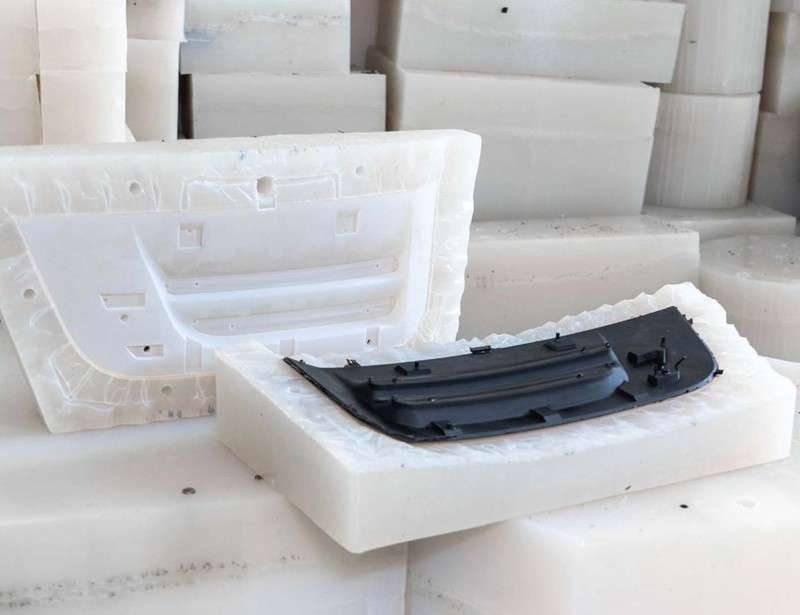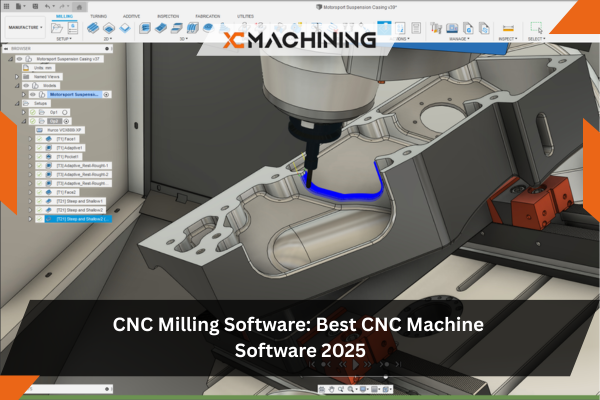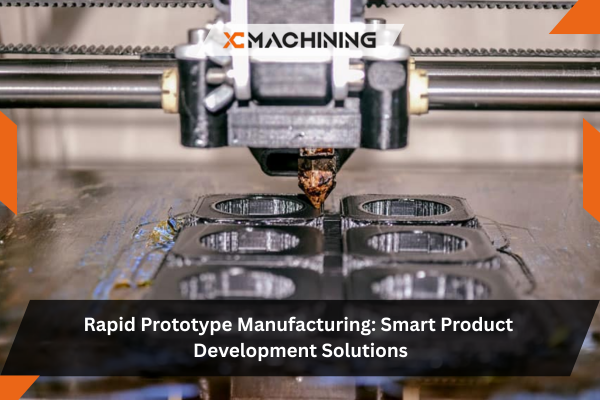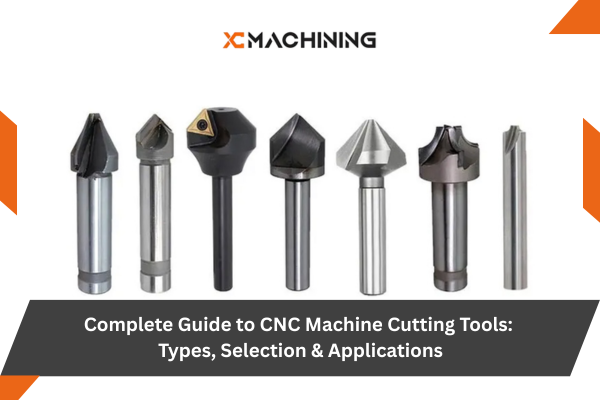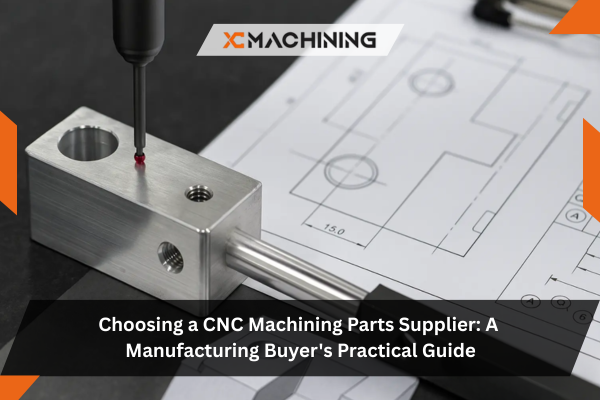Processing stainless steel 17-4 PH involves several carefully controlled stages. Each stage contributes to the material’s final performance.
Melting and Alloying
The process begins in an electric arc furnace, where iron is combined with chromium, nickel, copper, and niobium. These elements are melted together, refined, and cast into billets. This ensures a homogeneous microstructure.
Hot Working
Billets are hot-rolled or forged at temperatures around 1000–1200°C. This step refines grain size and enhances uniformity. Proper temperature control during forging prevents cracking and ensures consistent material strength.
Solution Annealing (Condition A)
This is the annealed state of 17-4 PH:
- Heated to 1040°C (1900°F)
- Held to dissolve precipitates
- Rapidly air-cooled or oil-quenched
This results in a martensitic structure with excellent machinability and ductility, perfect for CNC processing.
Machining and Forming
XC Machining performs CNC milling, turning, and drilling on the annealed material. This step requires precision control over cutting parameters, ensuring high accuracy without inducing stress.
Precipitation Hardening (Aging)
After machining, the components undergo aging at specific temperatures (e.g., 482°C for H900 condition). This forms fine precipitates of copper and niobium, significantly increasing strength and hardness.
What Technologies Are Used to Work with 17-4 PH?
Working with high-performance stainless steels like 17-4 PH demands modern manufacturing technologies. At XC Machining, we utilize:
CNC Machining Technology
Using 5-axis CNC machines, we achieve micron-level precision. The annealed state allows for efficient machining, reducing tool wear and minimizing distortion after heat treatment.
- Tooling: Carbide or coated carbide tools
- Coolant: High-pressure emulsions
- Feed rate: 0.1–0.3 mm/rev
- Surface finish: Up to Ra 0.4 µm
Heat Treatment Systems
We use controlled atmosphere furnaces for aging treatments like:
- H900 (482°C): Maximum strength
- H1025 (552°C): Balanced strength and toughness
- H1150 (620°C): Enhanced corrosion resistance
Precision temperature control ensures uniform mechanical properties across batches.
Quality and Inspection Technologies
To guarantee quality, XC Machining employs:
- CMM (Coordinate Measuring Machines) for dimensional accuracy
- Ultrasonic testing for internal flaws
- Spectrochemical analysis for composition verification
- Hardness and tensile testing for property validation
Surface Finishing Technologies
17-4 PH surfaces can be enhanced using:
- Bead blasting for matte finish
- Passivation to remove free iron
- Electropolishing for mirror-like surfaces
- PVD coatings (TiN, DLC) for wear resistance
What Are the Key Perks of 17-4 PH Stainless Steel?
17-4 PH stainless steel stands out for its unique blend of strength, corrosion resistance, and machinability, offering engineers a reliable, cost-effective material for high-performance applications across industries
Exceptional Strength-to-Weight Ratio
One of the most remarkable advantages of 17-4 PH stainless steel is its high tensile strength, reaching up to 1300 MPa after heat treatment. Despite this strength, it remains relatively lightweight and ductile, allowing engineers to design thinner, stronger components without compromising performance. This makes it ideal for aerospace, energy, and defense applications where weight reduction is critical.
Excellent Corrosion Resistance
17-4 PH offers outstanding resistance to oxidation and corrosion, especially in marine, chemical, and industrial environments. Its chromium and copper content protect against rust and pitting, even under moisture or salt exposure. This corrosion resistance rivals that of 316 stainless steel, ensuring long-term reliability and reduced maintenance costs.
Superior Machinability in Annealed Condition
In its annealed (Condition A) state, 17-4 PH is notably easy to machine compared to other high-strength steels. This allows manufacturers to produce complex CNC geometries and precision parts efficiently. The machinability not only reduces tool wear but also enhances productivity and finish quality before final hardening treatments.
Exceptional Dimensional Stability
Dimensional stability is a defining characteristic of 17-4 PH. The material experiences minimal distortion during heat treatment, maintaining tight tolerances even after aging or hardening. This stability is crucial for high-precision components such as shafts, turbine parts, and aerospace fittings where exact dimensions are non-negotiable.
Cost-Effectiveness
Compared to exotic alloys like titanium or Inconel, 17-4 PH offers a more economical solution with comparable performance. It delivers high mechanical strength, excellent corrosion resistance, and reliable machinability at a moderate price point. For many manufacturers, this balance of performance and affordability makes it the preferred choice for demanding applications.


